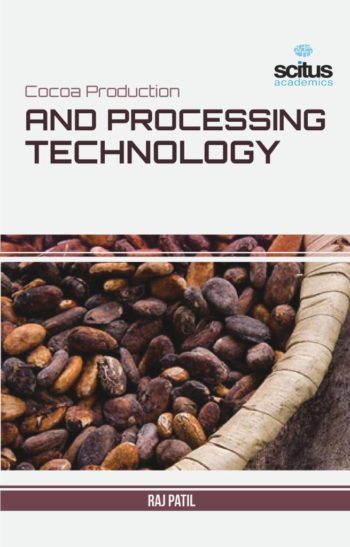Current land use issues, which require a resolution formulated with the aid of this approach in the rural and peri-urban spheres, are frequently derived from environmental versus developmental conflicts. Those discussed include decision making on whether it is preferable to use scarce resources to rehabilitate degraded land or to improve prime agricultural land, whether smallholder settlements or large-scale mechanized farming will better support the expanding population, the encroachment of urban development onto high quality agricultural land, the correct uses of scarce water resources, and the particular requirement for integrated as opposed to sectoral planning of coastal zones. The execution of the integrated approach, will depend on policies that support planning for the use and sustainable management of land resources, on the strengthening of implementing institutions and on ensuring the active involvement and participation of stakeholders in the decision-making process. These actions will in turn be supported by a variety of databases on natural resources and their uses, which are combined through the use of a geographical information system. Social and economic tools are also described, which when used will ensure the inclusion of the contributions from stakeholders in land use negotiations. An integrated approach to planning the use and management of land resources entails the involvement of all stakeholders in the process of decision making on the future of the land, and the identification and evaluation of all biophysical and socio-economic attributes of land units. This requires the identification and establishment of a use or non-use of each land unit that is technically appropriate, economically viable, socially acceptable and environmentally non-degrading.













